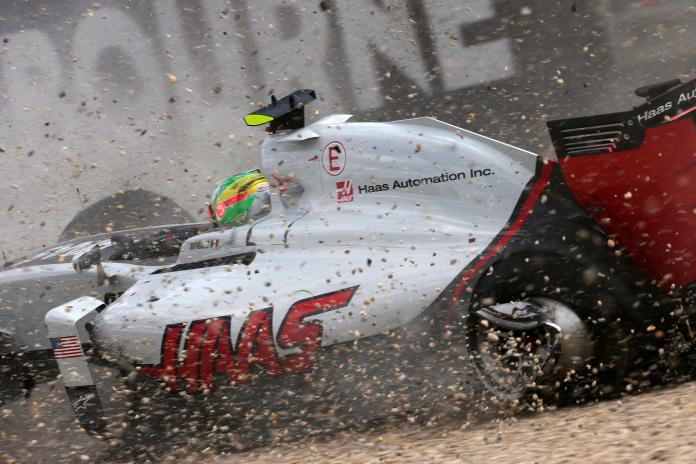F1 Australian GP: Rosberg changed driving style to avoid Oz GP DNF

Nico Rosberg was forced to change his driving style to avoid retiring from the lead of the 2016 Australian Grand Prix after picking up a brake problem with 27 laps remaining.
The German inherited the lead from Sebastian Vettel on lap 34 of 57 in the red flag interrupted race, four laps after debris had lodged itself in the front-right brake duct and began to hamper the airflow to the brake caliper.
With the caliper's temperature rising to what Mercedes refers to a 'almost critical levels', the team said it did consider retiring him despite his comfortable lead at the time, particularly as the restrictions on radio traffic meant it couldn't inform him of the issue.
"Air normally flows through the brake duct to cool the brake caliper and discs," Mercedes explains on its new Silver Arrows Show on YouTube. "On lap 30, Nico picked up a piece of debris that got stuck in the brake duct, which then obstructed the air flow and prevented sufficient cooling. This caused the temperature to rise to a potentially critical levels."
Despite this, Rosberg was able to manage the problem by changing his driving style to compensate, adopting 'lift and coast', as well as shifting the brake bias. With the temperature stabilised, Rosberg carried on to the chequered flag to secure the first win of 2016.
"Nico could manage this problem from the cockpit in two ways, first he adapted his driving style to do more lift and coast and use the air resistance to slow the car at the end of the straights without losing too much time.
"He also adjusted the brake balance rearwards to reduce the duty on the front brakes. Despite the problem reaching almost critical levels, the problem then stabilised. Nico decided to keep Nico out on track and take the chequered flag."
Meanwhile, Mercedes also revealed the effect of restricting team-to-driver communications - despite a relaxation of the rules at the eleventh hour - with 48 transmissions taking place during the race, compared with 93 in 2015. Mercedes made just 8 communications, compared with 21 the previous season.

